It has captured our collective imagination since we first saw the City of Light on celluloid, it’s going to be tough writing this city guide to Paris with all the wonderful things to see and do. A city perfect for walking, exploration of this metropolitan tribute to architecture and design is about two things: spotting postcard landmarks or watching idyllic street scenes with a cup of coffee alfresco.
What to See in Paris
Champs-Elysées : this grandiose seventeenth century avenue has witnessed the turn of many world changing events, from the coronation of Napolean III to the liberation of Paris by US 28th Infantry Battalion, this stretch is the most prestigious of European streets with its cinemas, cafes and luxury boutiques. It’s the most expensive real estate in all of the EU. The best time to visit? Christmas of course and don’t forget to look up and take a peek at picture perfect horse-chestnut trees. Follow the road down to the Arc de Triomphe.
Arc de Triomphe: It’s a monument to victory, particularly French victory. It was designed by Jean Chalgrin in 1806 and its carvings depict historically nude French youths battling Germanic warriors. Take a quick glance, please take your photos, do not gawk, do not perform weird poses and move on to the Louvre.
The Louvre: Housed within the Palais du Louvre, remnants remain of this one time 12th century fortress, many times extended, the building forms the present Louvre Palace. The choice by Louis XIV in 1682 to display the royal collection provided the roots for the majestic display museum it is today. Designed by I.M. Pei, the glass pyramid houses eight curatorial departments: Egyptian Antiquities; Near Eastern Antiquities; Greek, Etruscan, and Roman Antiquities; Islamic Art; Sculpture; Decorative Arts; Paintings; Prints and Drawings. It’s going to take you more than 9 hours to see it all. Here are a few tips: Don’t forget to see the Mona Lisa and using a slight camera trick of perspective, get a friend to take a picture of you position head and shoulders within the frames. It’s hilarious. Oh and, avoid the long queues at the Pyramid, there are three other entrances, you can get tickets at FNAC and Virgin Megastore.
The Tuileries Garden: Located between the Louvre and the Place de la Concorde, this public garden inspires with its stately trees and modern sculpture by Jean Dubuffet, Henri Lawrence, Etienne Martin, Henry Moore, Germaine Richier, Auguste Rodin and David Smith
Notre Dame de Paris: Beginning construction in 1163 and finally completed 87 years later, the heavy sculpted doors, flying buttresses and giant 13th century rose window are hallmarks of this resplendent Gothic cathedral. Tip: Get there on Sunday at 4:30 in the afternoon and you can hear the grand organ playing. It’s a 255 step climb up the bell tower for an awesome view so remember to secure the laces to your Timberland Chukkas.
Montmartre: North of Paris and 130 metres above sea level, the district is famous for the white-domed Bsilica of the Sacre Coeur. A one time popular drinking area, the suburb was a centre of decadent entertainment home to the Moulin Rouge. Many artists including Pablo Picasso lived in this little bohemian hill. Montremarte is an officially protected historic site, its historic character remains mostly intact. It’s a must see, almost perhaps as much as the last destination. Tip: For firm buttocks, try climbing the stairs of Rue Foyatier. You won’t regret it.
Last but not least, The Effiel Tower: It’s an 81 storey tower. Nothing to do but climb it. Remember to wear a good pair of shoes before attempting. I hope you enjoyed our city guide to Paris.
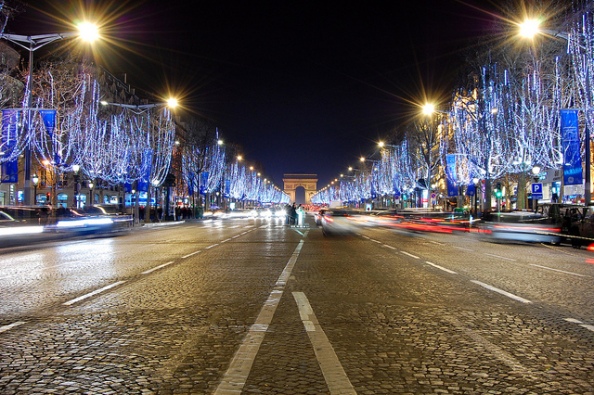
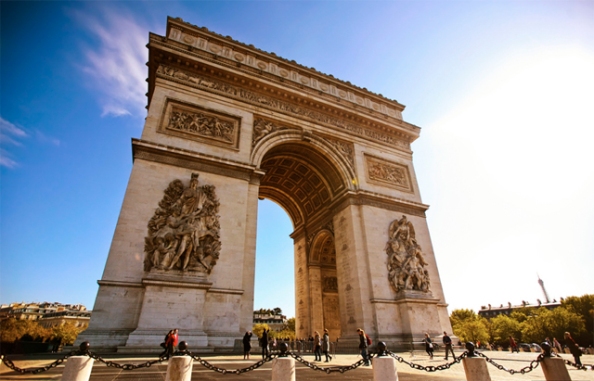
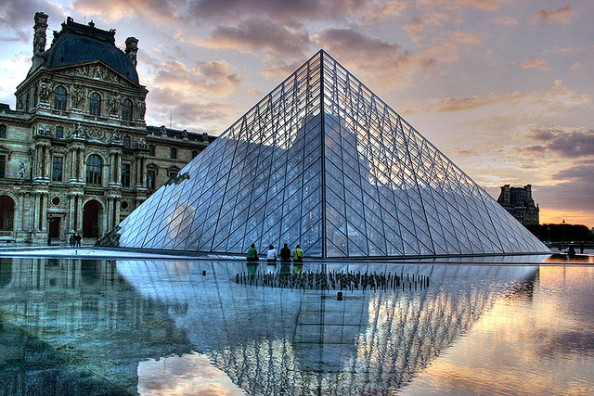
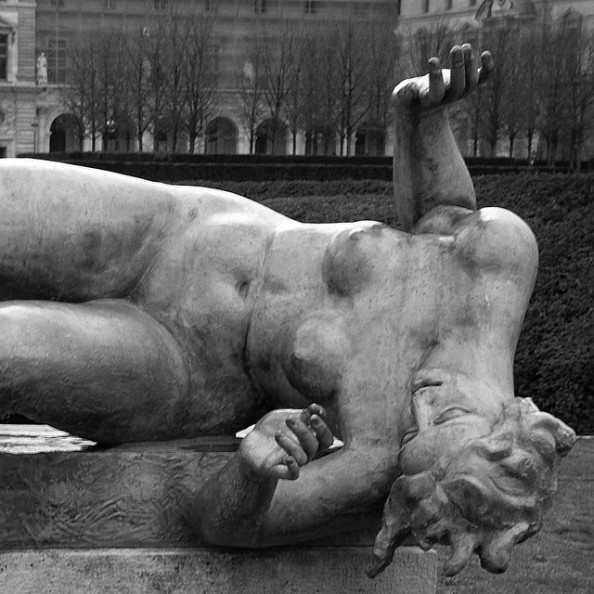
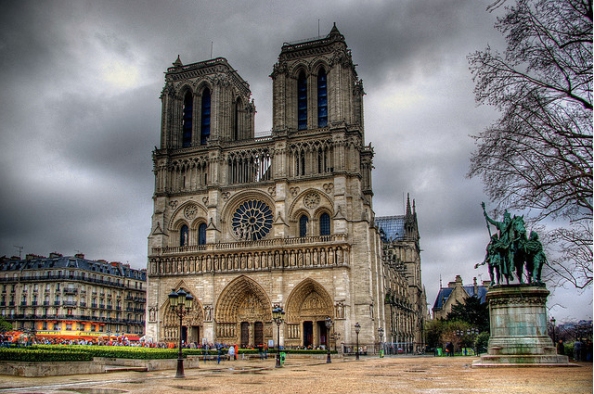
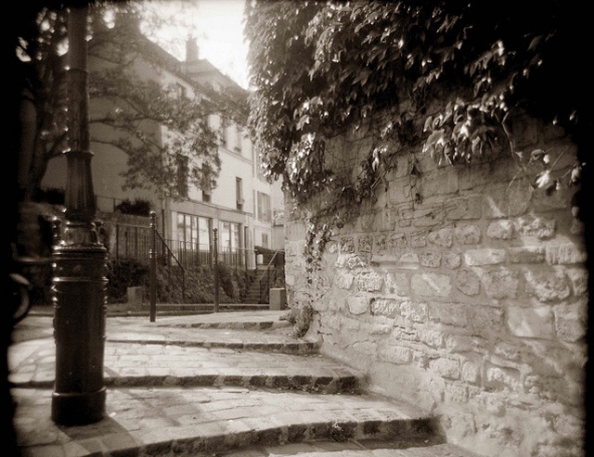
Posted on September 3, 2010
0